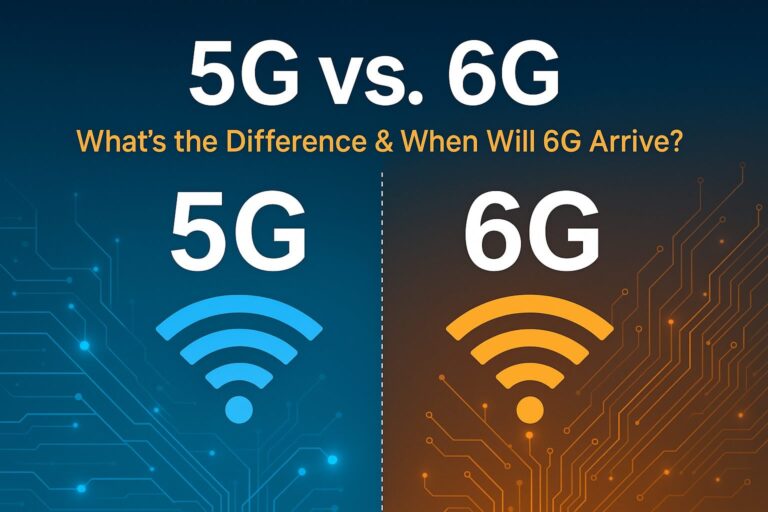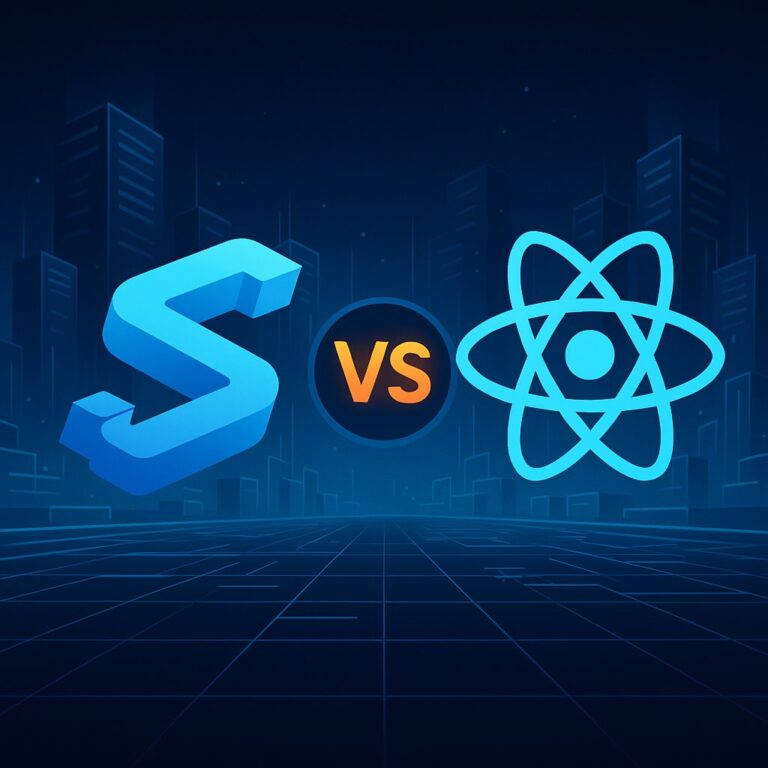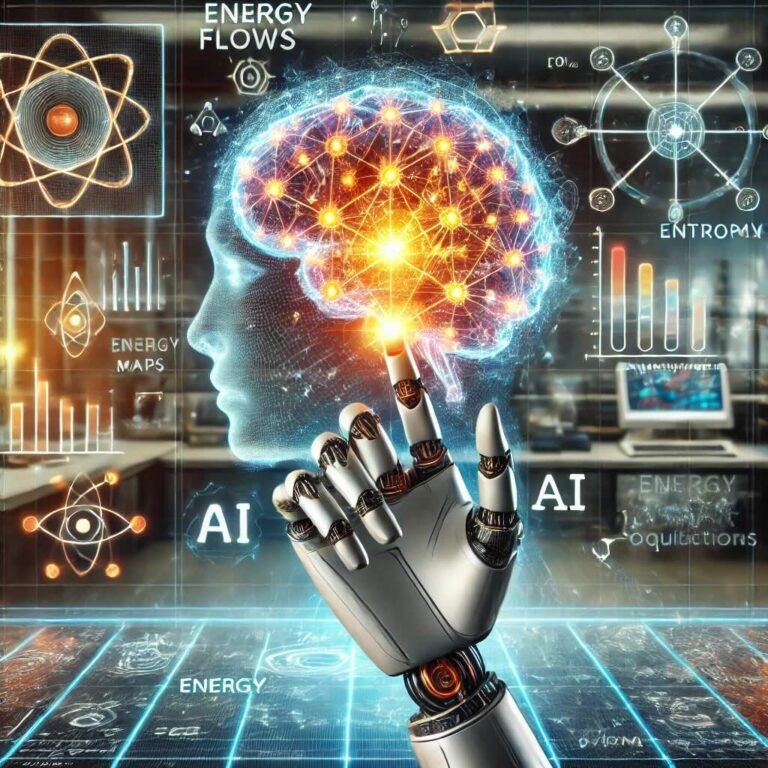The web is evolving. From the static websites of Web1 to the dynamic, user-generated content of Web2, we now stand on the brink of the next frontier: Web3. This new era promises a decentralized internet, where users have greater control over their data, privacy, and online interactions. If you’re new to Web3 development, this guide will walk you through the foundational concepts, tools, and steps to get started.
What Is Web3?
At its core, Web3 refers to the decentralized internet powered by blockchain technology. Unlike Web2, where large corporations control platforms and user data, Web3 aims to return power to the users. Key features include:
- Decentralization: No single entity controls the data or applications.
- Blockchain: A distributed ledger ensuring transparency and immutability.
- Cryptography: Ensures secure transactions and interactions.
- Smart Contracts: Self-executing contracts with predefined rules.
- Tokenization: Enables digital ownership and incentives.
Examples of Web3 applications include decentralized finance (DeFi), non-fungible tokens (NFTs), and decentralized autonomous organizations (DAOs).
Why Learn Web3 Development?
Web3 is transforming industries, from finance and healthcare to gaming and social media. By learning Web3 development, you position yourself at the forefront of this technological revolution. Here are some benefits:
- High Demand: Companies are actively seeking Web3 developers.
- Innovative Projects: Work on cutting-edge technologies and ideas.
- Empowerment: Contribute to creating a fairer, decentralized internet.
- Lucrative Opportunities: Web3 development jobs often come with competitive salaries.
Key Concepts to Understand
Before diving into Web3 development, it’s essential to grasp some fundamental concepts:
1. Blockchain
A blockchain is a decentralized and immutable ledger that records transactions across a network of computers. Popular blockchains include Ethereum, Binance Smart Chain, and Solana.
2. Smart Contracts
Smart contracts are self-executing contracts with the terms directly written into code. They run on blockchains and eliminate the need for intermediaries.
3. Wallets
Digital wallets like MetaMask and Trust Wallet allow users to store and manage cryptocurrencies and interact with Web3 applications.
4. Decentralized Applications (dApps)
dApps are applications built on blockchain technology. Unlike traditional apps, they run on decentralized networks.
5. Tokens
Tokens are digital assets that represent ownership, access, or rights. They can be fungible (e.g., cryptocurrencies like ETH) or non-fungible (e.g., NFTs).
Setting Up Your Development Environment
To start building in Web3, you’ll need to set up your development environment. Here’s a step-by-step guide:
1. Install Node.js
Node.js is a JavaScript runtime essential for Web3 development. Download and install it from nodejs.org.
2. Choose an IDE
An Integrated Development Environment (IDE) like Visual Studio Code makes coding more efficient with features like syntax highlighting and debugging.
3. Install a Blockchain Client
A blockchain client like Ganache allows you to run a local blockchain for testing. Ganache is part of the Truffle Suite and can be downloaded from trufflesuite.com/ganache.
4. Set Up a Wallet
Download a digital wallet like MetaMask to interact with your dApps. MetaMask can be added as a browser extension.
5. Install Web3 Libraries
Libraries like Web3.js and ethers.js are essential for interacting with the blockchain. Use npm to install them:
npm install web3 ethersWriting Your First Smart Contract
Smart contracts are the backbone of Web3. Let’s write a simple smart contract using Solidity, a popular programming language for Ethereum.
1. Install Remix IDE
Remix is an online IDE for writing, testing, and deploying smart contracts. Access it at remix.ethereum.org.
2. Create a New File
In Remix, create a new file named SimpleContract.sol.
3. Write the Contract
Here’s a basic Solidity smart contract:
// SPDX-License-Identifier: MIT
pragma solidity ^0.8.0;
contract SimpleContract {
string public message;
constructor(string memory _message) {
message = _message;
}
function updateMessage(string memory _newMessage) public {
message = _newMessage;
}
}
4. Compile and Deploy
- Compile the contract using Remix’s built-in compiler.
- Deploy it on a local blockchain (e.g., Ganache) or a testnet (e.g., Rinkeby).
Interacting with Smart Contracts
Once your smart contract is deployed, you’ll need to interact with it using a frontend. Here’s how:
1. Create a Frontend
Set up a basic HTML and JavaScript frontend.
2. Connect to the Blockchain
Use Web3.js or ethers.js to connect your frontend to the blockchain. Here’s an example with Web3.js:
const Web3 = require('web3');
const web3 = new Web3(Web3.givenProvider);
const contractAddress = 'YOUR_CONTRACT_ADDRESS';
const abi = [/* YOUR_ABI_HERE */];
const contract = new web3.eth.Contract(abi, contractAddress);
// Read data
contract.methods.message().call().then(console.log);
// Update data
contract.methods.updateMessage('Hello, Web3!').send({ from: 'YOUR_WALLET_ADDRESS' });
Exploring Web3 Tools and Frameworks
1. Truffle Suite
A development framework for Ethereum that simplifies compiling, deploying, and testing smart contracts.
2. Hardhat
A flexible framework for Ethereum development with a strong focus on debugging.
3. OpenZeppelin
A library of secure smart contract templates to speed up development.
4. IPFS
InterPlanetary File System (IPFS) is a decentralized storage solution for Web3 applications.
5. Alchemy and Infura
Blockchain infrastructure platforms that provide APIs for interacting with Ethereum and other networks.
Best Practices for Web3 Development
- Security First: Always audit your smart contracts to prevent vulnerabilities.
- Test Thoroughly: Use tools like Mocha and Chai for unit testing.
- Stay Updated: Web3 is evolving rapidly; keep learning.
- Optimize Gas Fees: Write efficient code to reduce transaction costs.
- User Experience: Simplify wallet connections and interactions.
Building Real-World Web3 Applications
1. Decentralized Finance (DeFi)
Build platforms for lending, borrowing, and trading cryptocurrencies.
2. NFT Marketplaces
Create platforms for minting, buying, and selling NFTs.
3. DAOs
Develop tools for decentralized governance and voting.
4. Gaming
Integrate blockchain for in-game assets and play-to-earn models.
5. Social Media
Build censorship-resistant social platforms.
Challenges in Web3 Development
- Scalability: Blockchains often face limitations in handling a large number of transactions.
- Regulations: Web3 operates in a gray area in many jurisdictions.
- User Education: Educating users about wallets, private keys, and blockchain concepts.
- Complexity: Debugging and deploying dApps can be challenging.
Future of Web3
Web3 has the potential to redefine the internet as we know it. With advancements in scalability, privacy, and interoperability, it could bring a more equitable and user-centric digital landscape.
Conclusion
Web3 development is an exciting and rewarding journey. While the learning curve may seem steep, the resources and tools available today make it accessible for beginners. By understanding the basics, setting up your environment, and experimenting with smart contracts and dApps, you can become a part of this revolutionary movement.
Whether you want to create your own decentralized application or contribute to existing projects, the possibilities in Web3 are endless. The time to start is now!












